Pretty much all my adult life I’ve lived with cats at home and as I write this one of them has even settled on my lap in his attempt to assist and interrupt my endeavours with his purring! As a result I have learned to recognise an array of their idiosyncrasies – when they are happy, when they are less so, when they are about to do something and when they have absolutely no intention of doing anything at all! Time spent watching any species, domesticated or fully wild, is always beneficial when it comes to photographing them and in the case of cats this applies to all the big cats that I would hope to be able to spend time with when photographing in the Maasai Mara in Kenya, and so it proved when running a trip for Natures Images there earlier this month from which these images and thoughts are shared.
On our very first evening we came across a trio of male lions – a successful coalition of very handsome individuals that were ending the day as is pretty much always the case – sleeping. But sleep always comes to an end and it’s not too long after the first head comes up that a tell that the first yawn is coming can be spotted – sure enough a matter of seconds later then…

And one you’ve learned to recognise the sign that one is coming then it becomes so much easier to set up for a real frame filling image when it does too revealing a set of teeth that any feline dentist would be pleased to see!

It wasn’t too much longer that the trio got themselves up and started to head off for their nocturnal activities but not before one of them demonstrating some more classic male cat behaviour in the form of the flehmen response – not to be confused with a growl of aggression but rather a process of absorbing scents, in this case left by the other 2 males who had gone on ahead of him scent marking en route.

This particular image also highlights a particular element of cat imagery that I freely admit that I am somewhat obsessed with but I think with good reason and that is paw position. All cats (mine at home are no exception) have a wonderfully flexible way of folding their front feet as they walk and it’s important to be looking to catch that as it is in motion and they lean into their stride. Watching the leading front foot and pressing the shutter just as it moves through ensures the best sense of movement possible in a still image of a walking cat – just look through any sequence of images you may have and you’ll see an array of leg positions that just look awkward and sometimes even stilted so it’s what I always focus on and try to impress on people to be watching for while they are following and photographing too. Here’s some more examples involving a leopard (the striking Luluka) and three different lions from the same pride who we caught up with as the lovely soft sun was rising behind them.
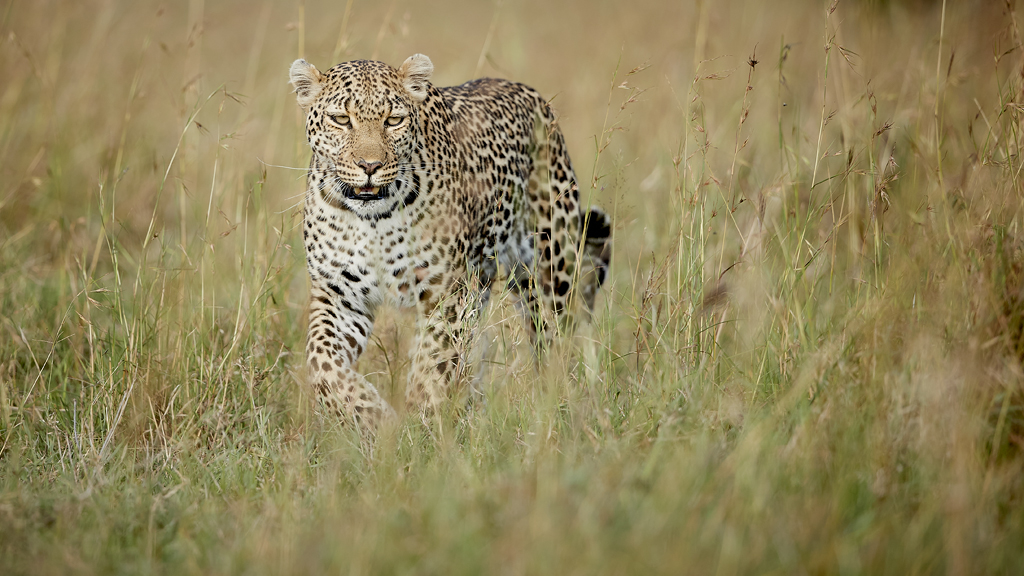


There are three different generations of lions here but all demonstrating just how key an element that front foot position is, even when it’s not fully visible. In all three instances too the position of their eyes is equally as important – in the first two looking into the little bit of space surrounding them with the sub-adult male giving some wonderful direct eye contact.
Getting eye contact from cats generally is quite hard – all species are naturally quite reserved inwardly and try to avoid it (leopards in particular are notorious for this) and given that in the vast majority of instances you will be in a vehicle then they are likely to be trying to look past or around you anyway, but it’s yet another element that I am always looking for. Sometime it comes when you’re least expecting it such as when this male cheetah – one of a pair remaining from the famous coalition of five brothers here – looked long and hard at me while tucking into this topi that the two of them had brought down.
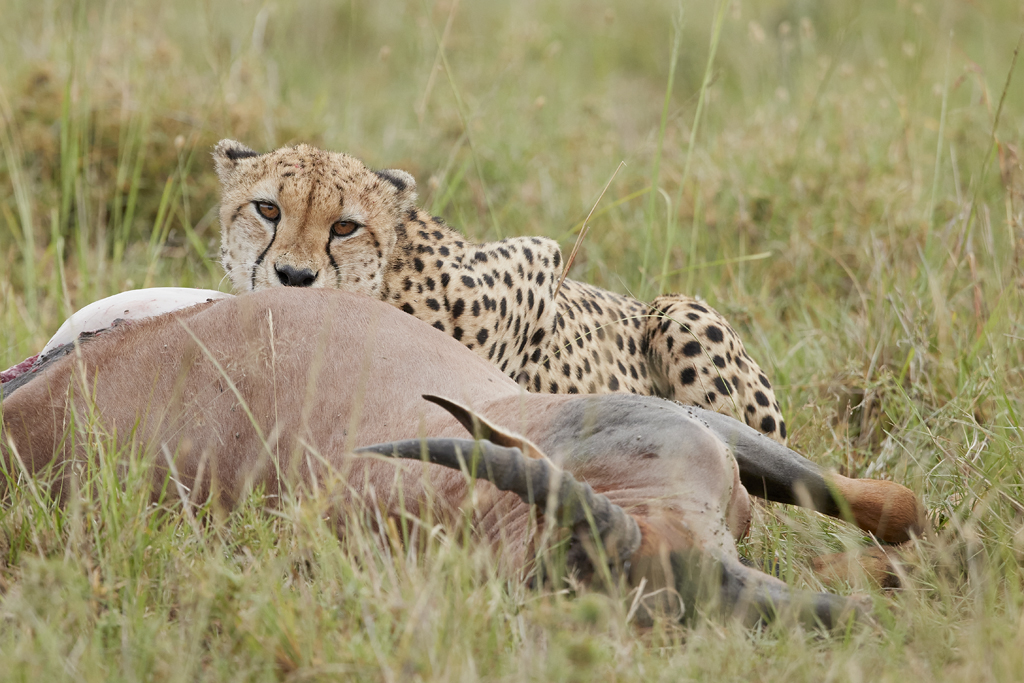
Eye contact doesn’t always have to be straight on to tell a story though – this young male who was sitting out the beginnings of a heavy shower lifted his head and looked very intently at a buffalo way off in the distance and the power of his stare can be felt just as strongly at a forty five degree angle.
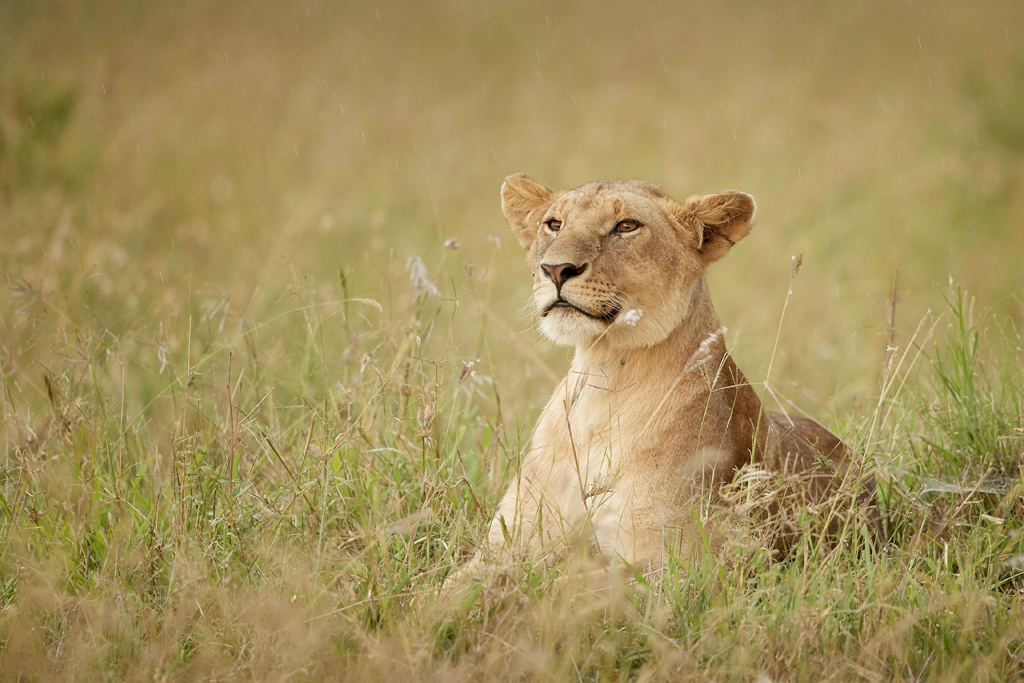
And sometimes you don’t even need both eyes for the contact to be extremely intense, Luluka here seen carrying some prey through the tall grass and cutting a withering look in my direction – my choosing to turn the image to monochrome has really emphasised this single visible eye even more.
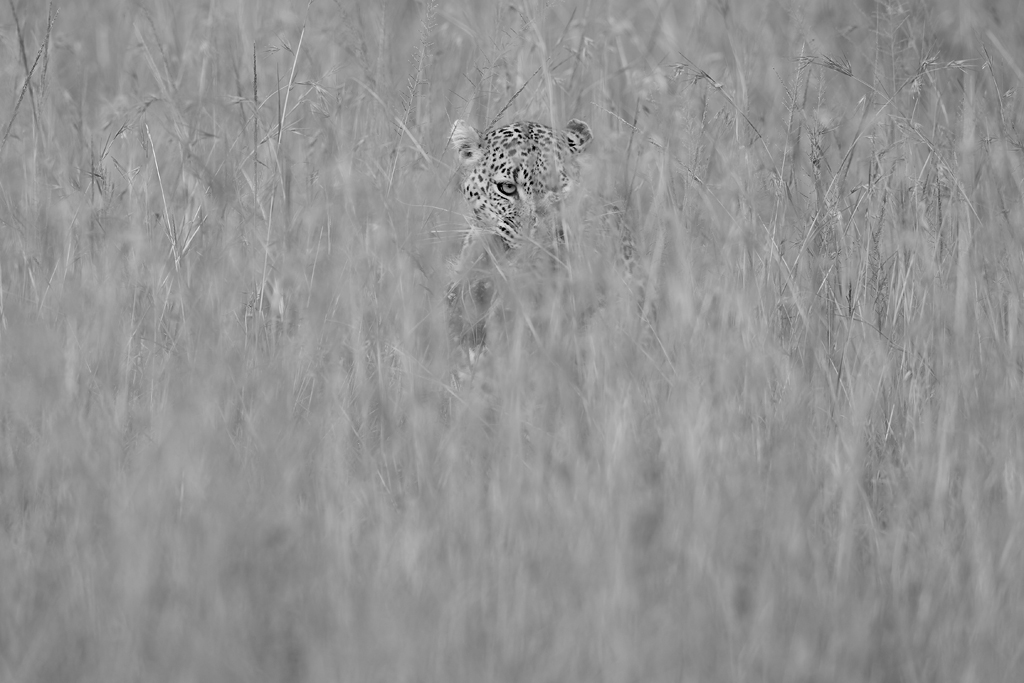
Although long grass has been present in almost all of these images so far, in this last one it is clearly significantly longer and obscures a large part of the animal. Hopefully though it demonstrates that grass like this doesn’t have to be a curse. It’s there, it’s part of what makes a savannah habitat like this just what it is and with the use of good technique in terms of focusing and watching your subject can actually enhance an image. I particularly like the way that this young male cheetah who we spent a couple of evenings with, can be seen moving stealthily through the grass as he heads towards a potential target to chase: the grass gives so much more to the story than would ever be the case if it were only an inch or so in height, and as for the leopard image below that well the grass provides all the framing and story telling once again.
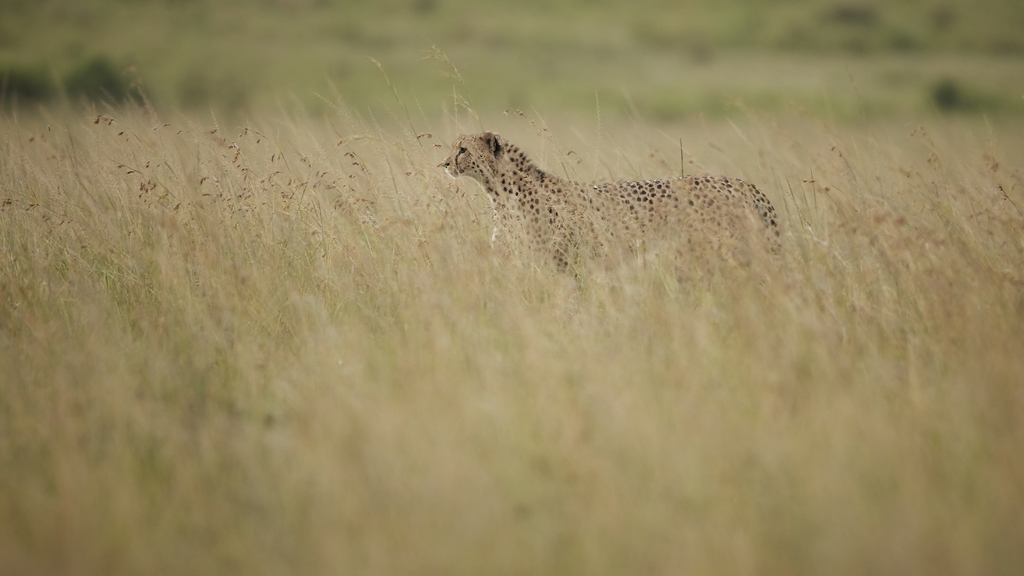

There are times when it can be frustrating, and indeed it did prove so one evening spent with a really beautiful serval for whom the long grass is an essential cover to allow them to hunt the way they do, but even here our patience was rewarded and a clean view which included the long grass simply emphasised just where these delicate small cats can be found.
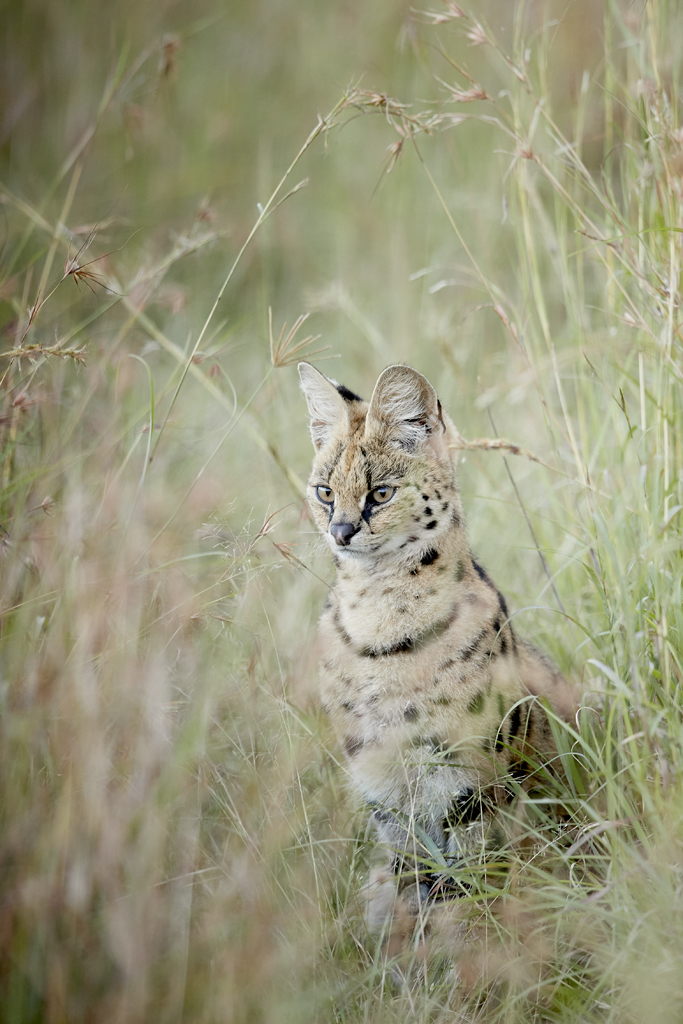
Even when he settled down in an almost perfect spot then the one offending blade of grass running up the centre of his face could be focussed out in the main but for any purist for whom this is still too much there’s almost always a moment when there’s a turn of the head or something (in this case for a yawn) that realigns everything as long as you keep concentrating!
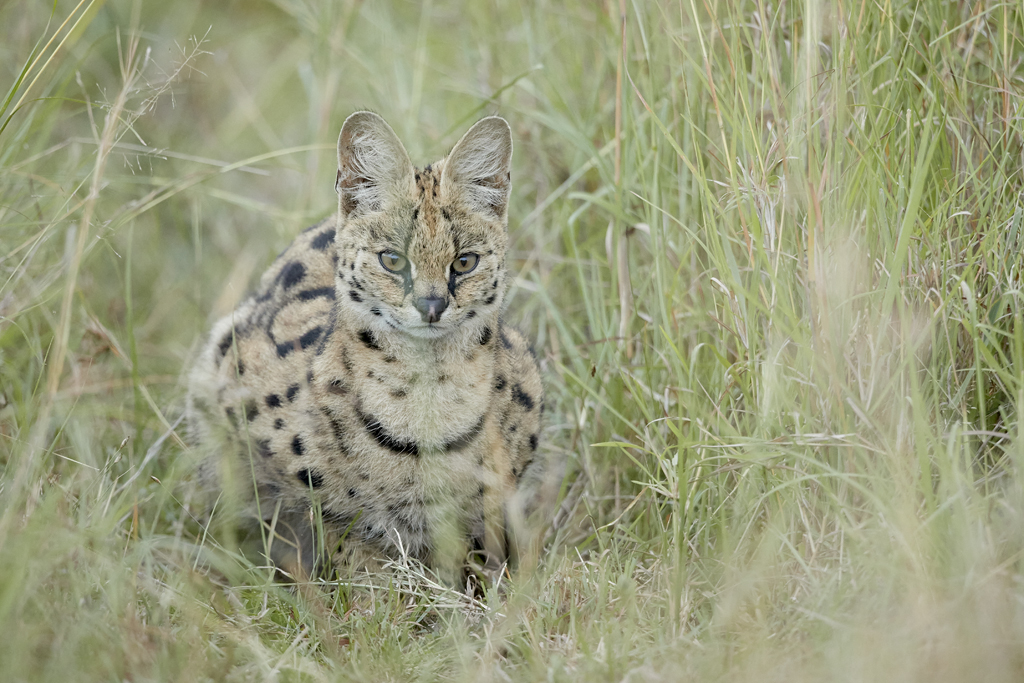

We spent two mornings with the Rongai pride who became embroiled in a very long drawn out kill of a large old male buffalo in river gully area. I’m never a great fan of watching such things when they take as long as this did (almost a day in total) but there’s no denying that any feeding by cats offers dramatic photography opportunities and so it proved here. I’ve picked just a couple to share if only to demonstrate the importance when sitting at a scene for a long period of time such as this, that you think of all the image options possible given that you have the time – in this instance using a 70-200mm lens for the wider scene and the longest option I had available to focus in on father and son tucking in together too.
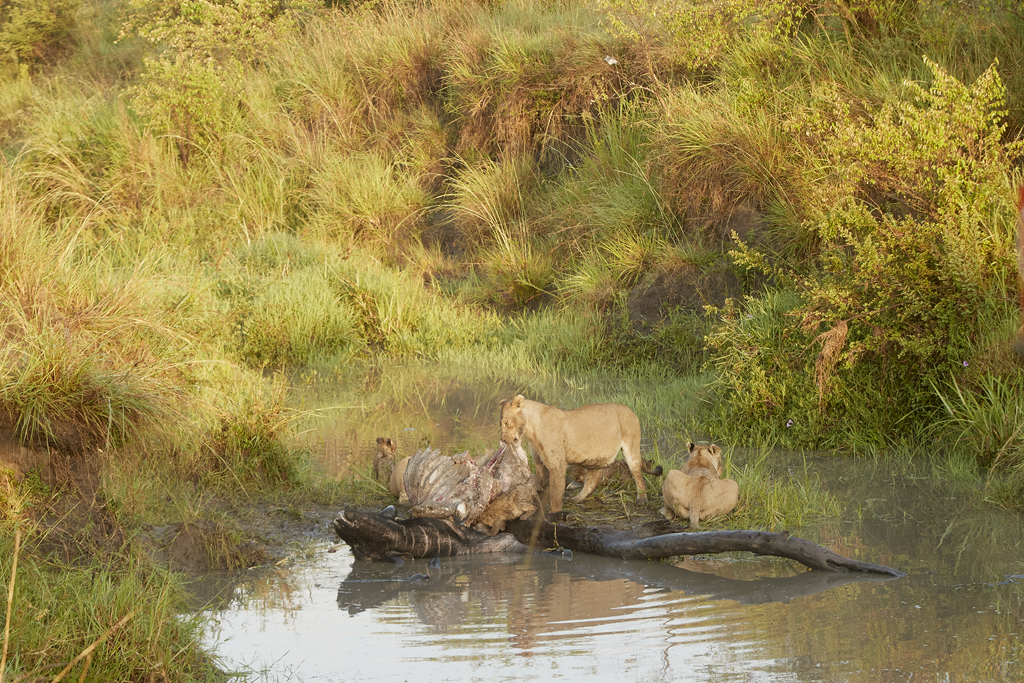
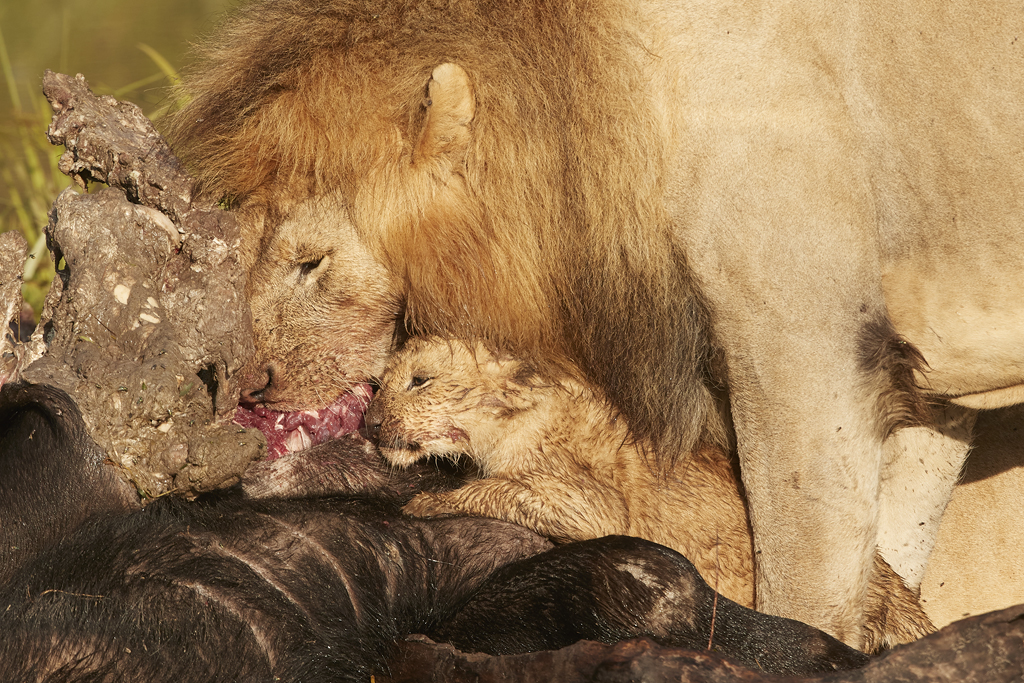
I started this collection of images and associated thoughts by talking about body language and it’s importance when it comes to fully appreciating what is happening in front of you and what little clues to be looking to help decide just when to press the shutter. One evening we watched the young male cheetah I mentioned earlier have a long and ultimately fruitless chase after a Thomson’s gazelle only to find himself, tired and exhausted right in the same vicinity as an old male lion just waking up and heading off to find his pride as the day came to an end. It was clearly stressful for the cheetah as he found himself a small mound to sit on and watch the lion with a real intensity on his part.
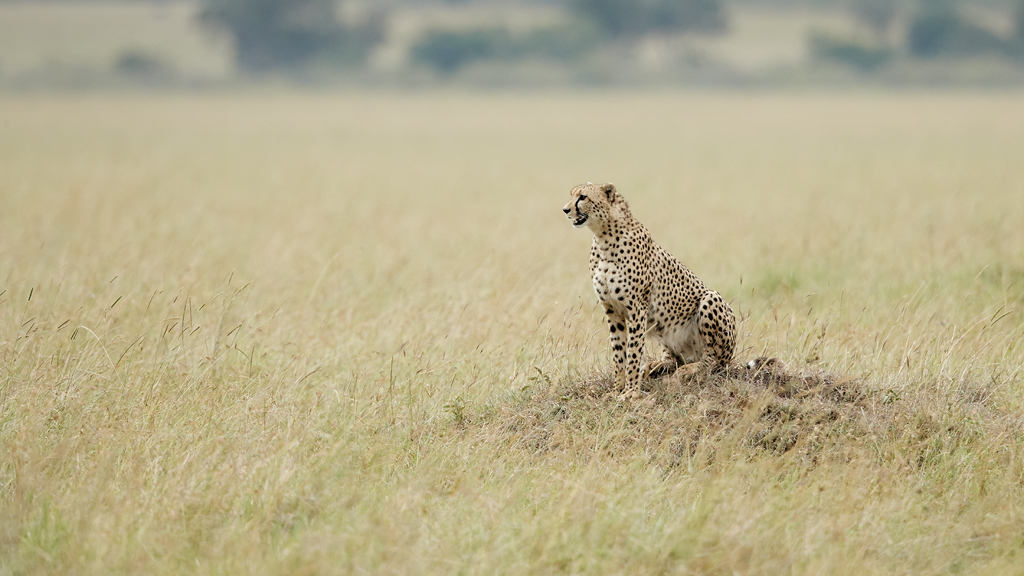
Even once the lion had moved away from the scene and we felt comfortable to reposition ourselves so that we weren’t compromising him in any way, the clues of his nervousness continued and watching for the occasional quiet call on his part (I’m still not sure to whom as Mum had kicked him out some time ago) and the nervous flick of his tail both provided little elements to make an otherwise resting cheetah image just that little bit more interesting to me at least.
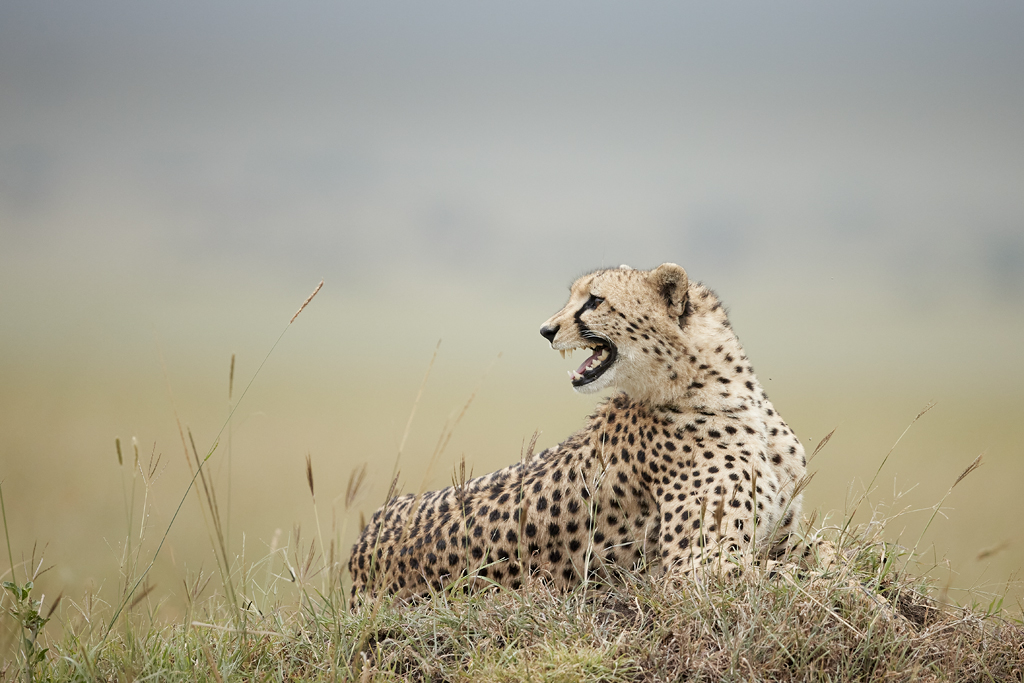
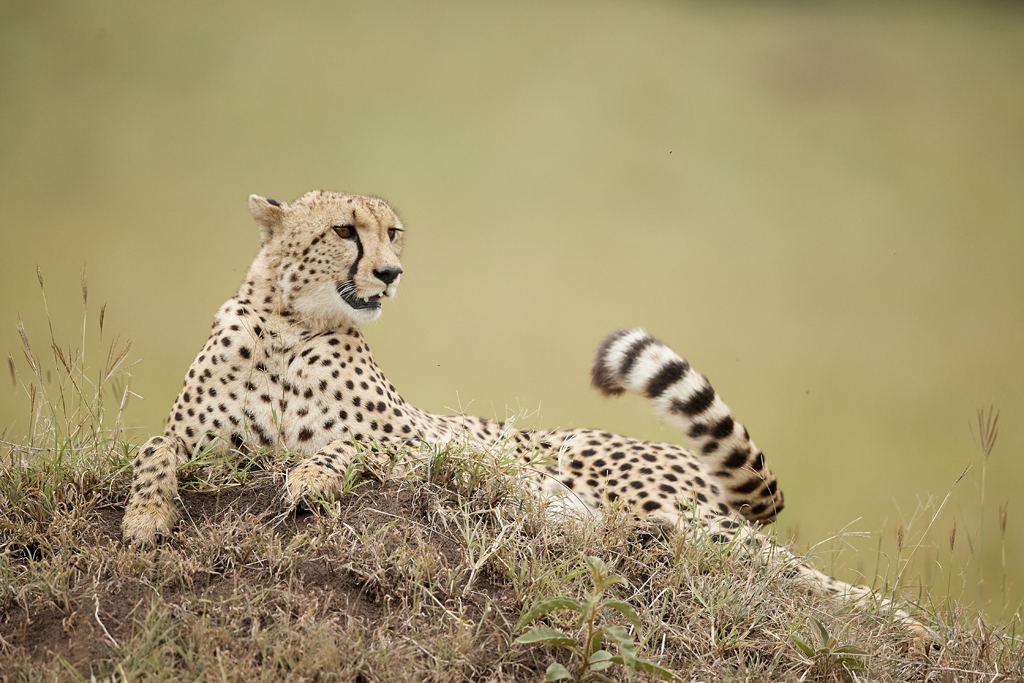
But other than simply increasing your appreciation of things the real benefit of learning and understanding these behavioural signals that these big cats (and indeed all mammals) give off, is that they can also help you really choose from the array of images that you inevitably come back with from a trip like this: I had one guest with me this time who took over 21,000 images in just a week so he was in real need of some filters like this! The best example I can give is these last few images of Luluka – the first at the end of a wonderful encounter by which time a posse of other vehicles were arriving on the scene and the first couple when it was just our vehicles there with her. Look at her ear positions and they tell you everything you need to know about how relaxed she was and once you’ve seen and registered the difference it is the perfect filter for your own image selection too as she looks so much better in the last two from ear position alone.

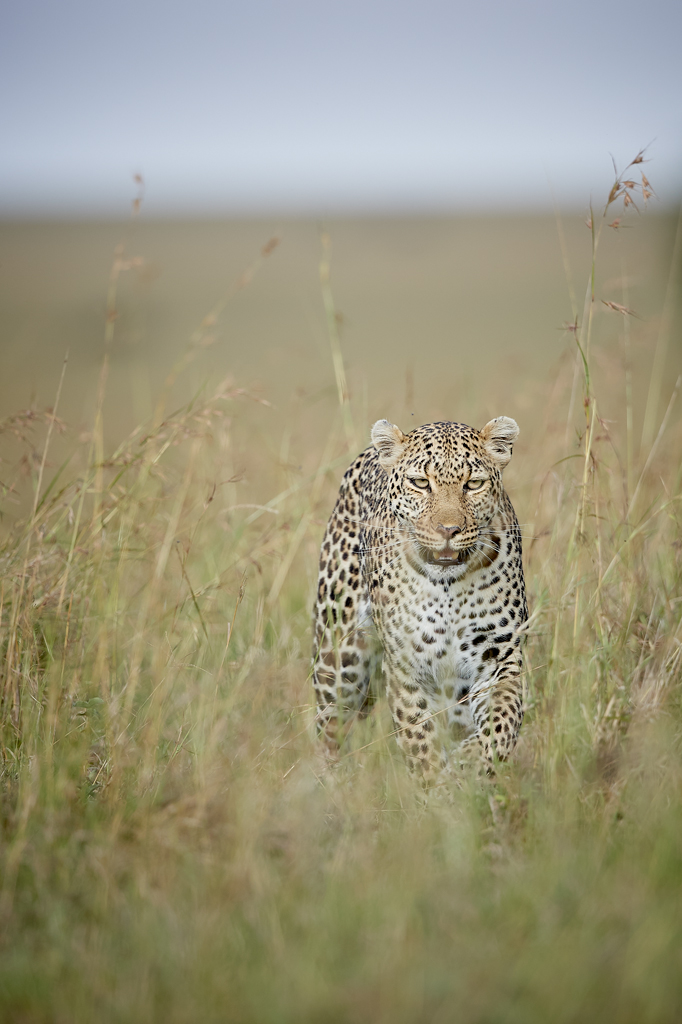
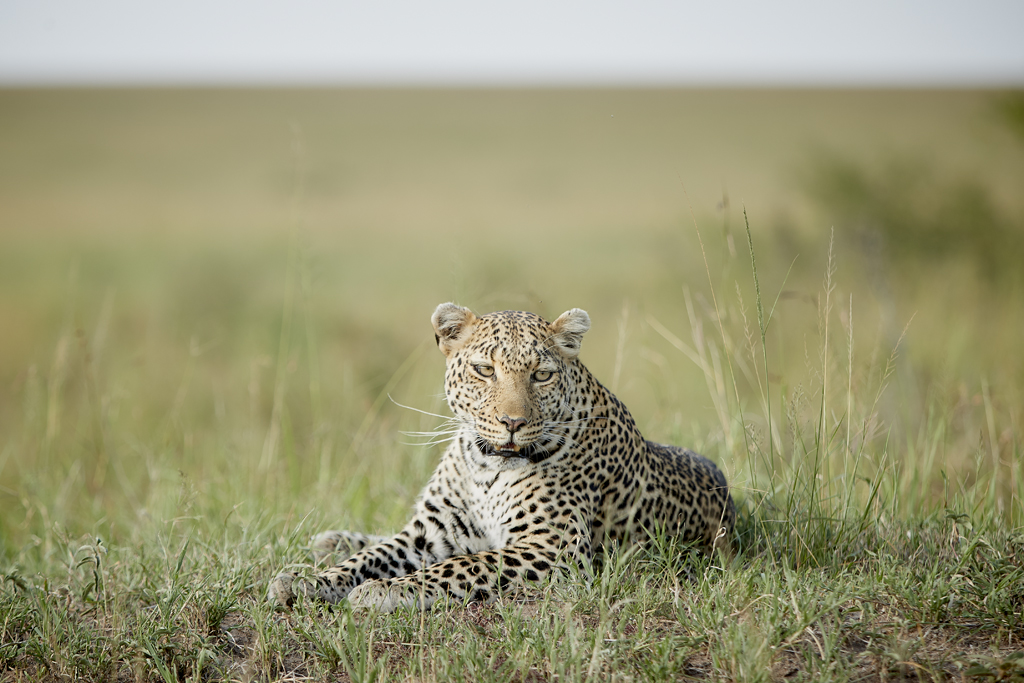
Finally, any selection of images from a safari wouldn’t be complete for me without a silhouette so good can the sunsets in particular here be and being a sucker for those type of images too. It’s only appropriate that in this instance it’s one that highlights cat behaviour too, even if it’s the sort that I’m only happy to see in the wild rather than being demonstrated in my house by one of mine!

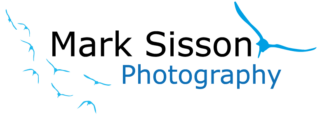
Great article Mark, oh and images are pretty good too!
Thanks for sharing.
Thanks Siddique: and glad you enjoyed the images too!